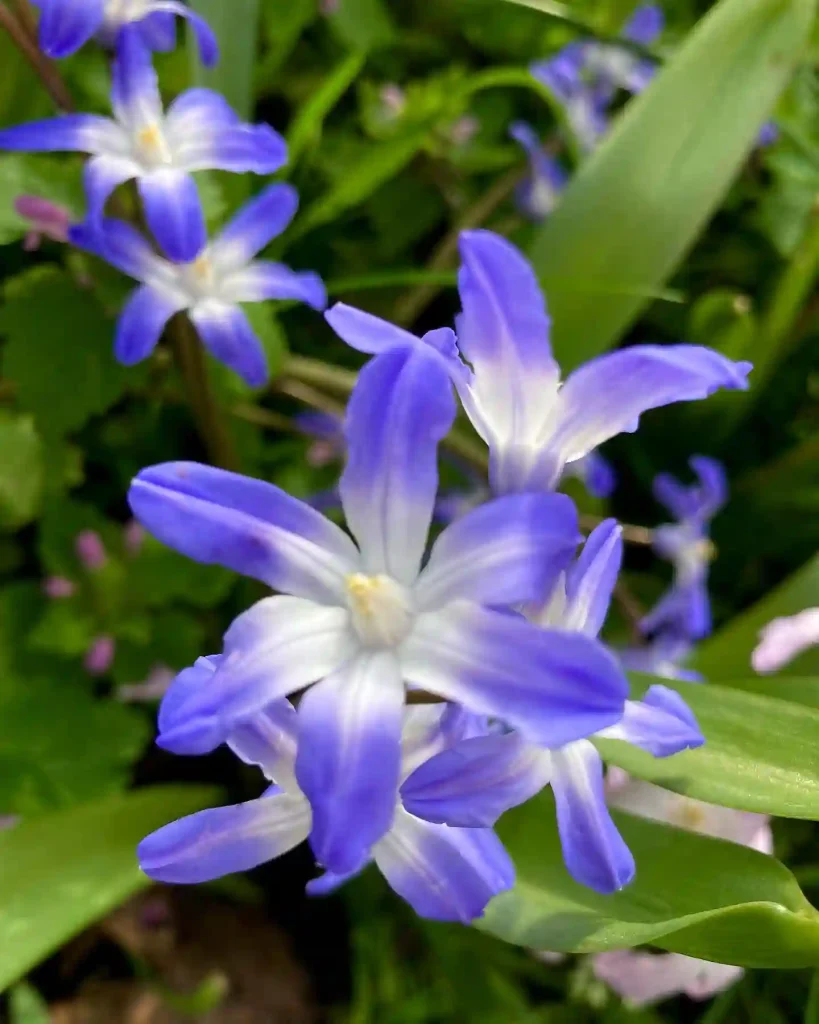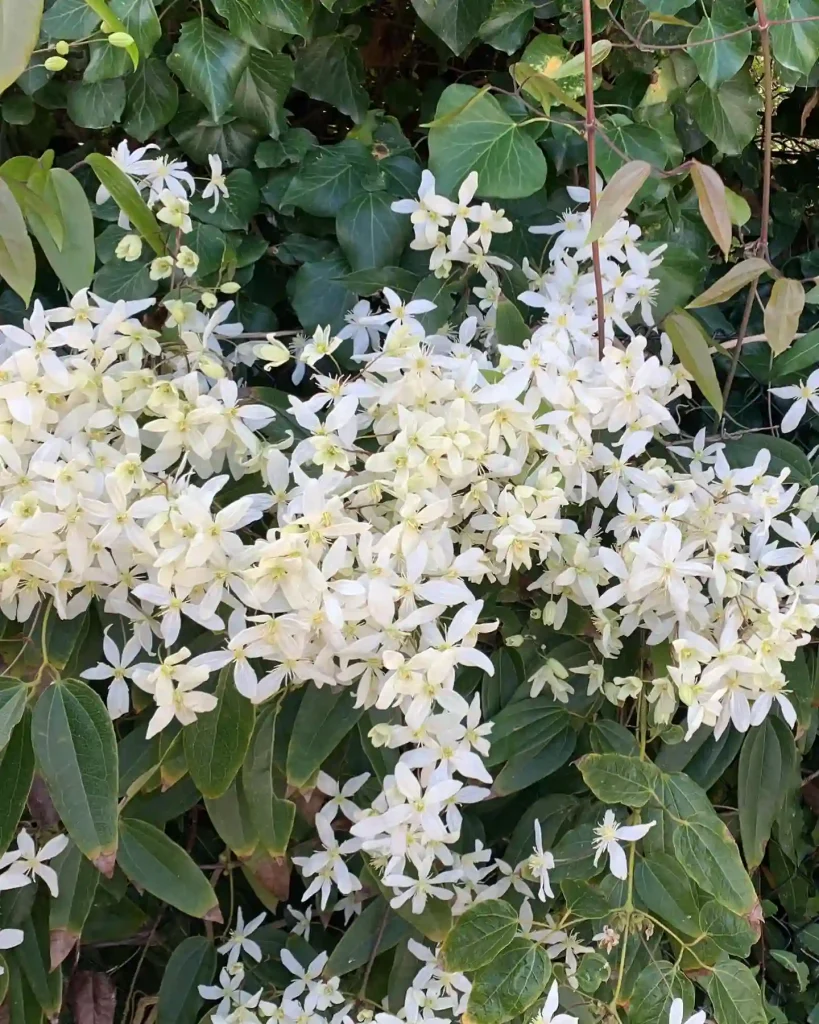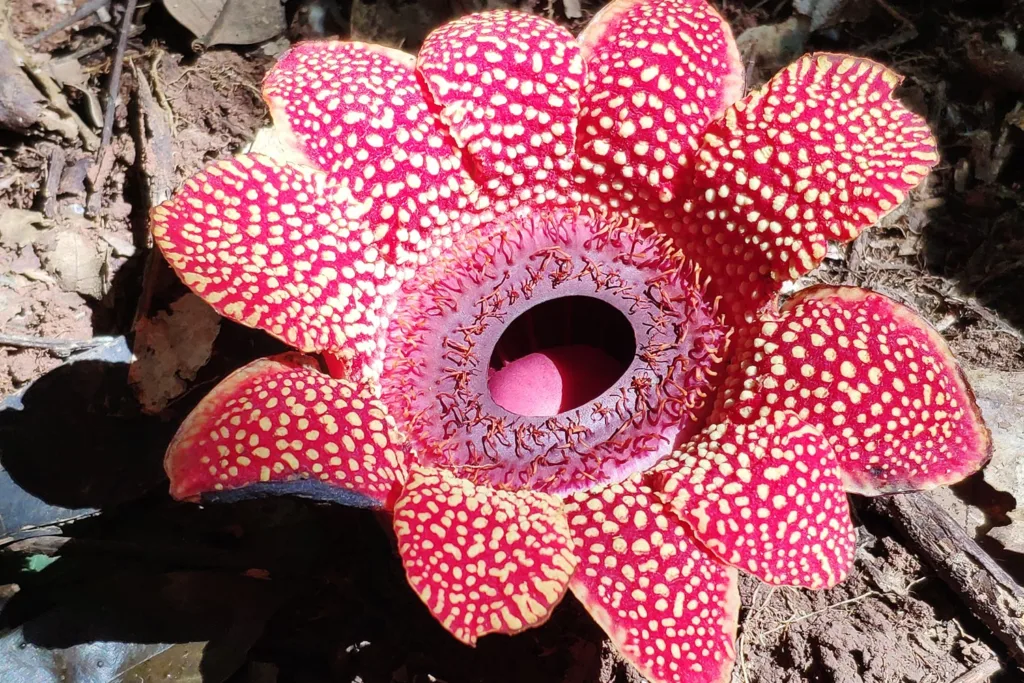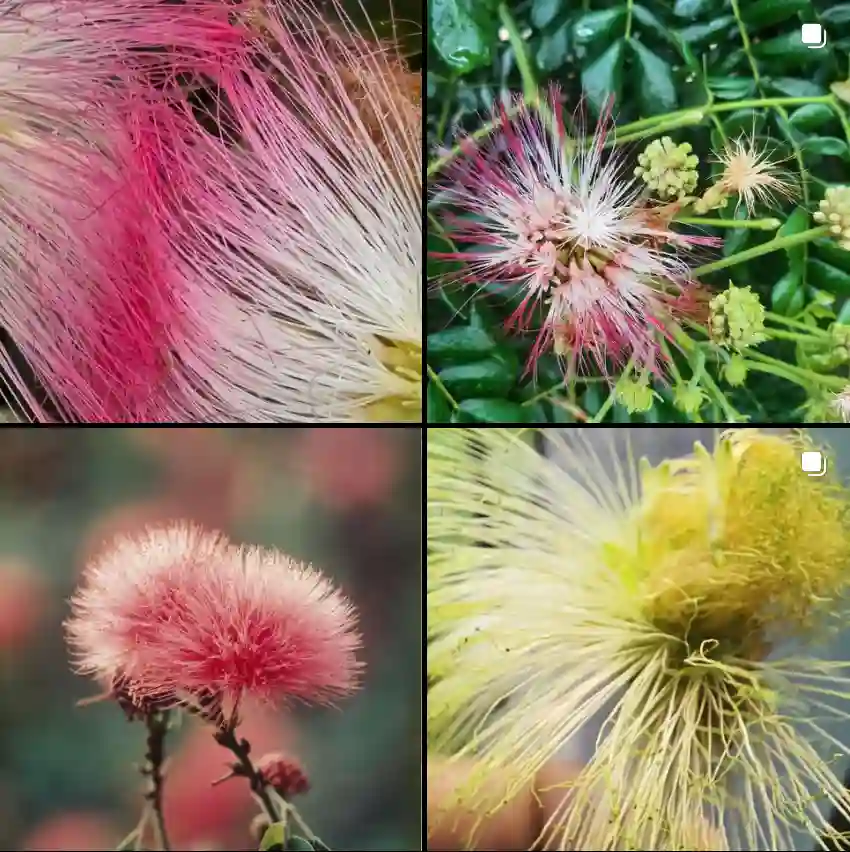Rockin’ with Polypodium Virginianum: A Fern for Every Gardener
As a gardener, I’m always on the lookout for unique and low-maintenance plants. That’s where Polypodium virginianum, or rock polypody, comes in. This little evergreen fern has stolen a place in my heart – and my shady garden.
For those unfamiliar with this charmer, Polypodium virginianum is a native North American fern known for its adaptability and resilience. It thrives in areas where other plants struggle, making it a perfect choice for rock gardens, walls, or shady corners.
65 Species in Genus Polypodium
How to care for Polypodium Virginianum?
The first thing that grabs your attention about Polypodium virginianum is its foliage. Unlike its tropical cousins with large, feathery fronds, this fern boasts narrow, deeply lobed leaves that resemble miniature oak fronds. These evergreen beauties stay green year-round, adding a touch of life to even the dullest winter landscape.
But Polypodium virginianum’s charm goes beyond aesthetics. This little fern is a champion of resilience. It thrives in cool, shady areas, tolerates drought conditions well, and even handles occasional freezing temperatures.
Where Does Polypodium Virginianum Like to Set Roots?
Finding the perfect spot for your Polypodium virginianum is key. While it tolerates a variety of soil types, What type of soil is Polypodium virginianum found in? Here’s the secret: it prefers well-drained soil. Soggy conditions are a no-go for this fern, so avoid planting it in areas with poor drainage.
Here are some ideal locations for your rock polypody:
- Rock gardens: Polypodium virginianum shines in rock gardens, its fronds cascading gracefully over rocks and crevices.
- Walls: This fern is a natural for vertical spaces. Plant it in crevices or pockets in walls for a touch of greenery.
- Containers: Polypodium virginianum thrives in containers, making it perfect for patios or balconies.
Can You Munch on This Fern?
As tempting as it might be to nibble on those pretty fronds, Is Polypodium virginianum edible? The answer is a resounding no. Polypodium virginianum is not considered edible and may even cause stomach upset if ingested.
While it may not be a culinary delight for humans, Polypodium virginianum plays a vital role in the ecosystem. It provides shelter and food for small creatures and helps prevent soil erosion in its natural habitat.
How to care for Rock Polypody?
The good news is that Polypodium virginianum is a low-maintenance plant. Here’s what you need to know:
- Watering: Water your fern regularly, especially during hot and dry periods. However, avoid overwatering, as this can lead to root rot.
- Fertilizing: A light feeding once a year in spring with a balanced fertilizer is sufficient.
- Pruning: Polypodium virginianum doesn’t require regular pruning. Simply remove any brown or dead fronds to maintain a neat appearance.
Sharing the Love: Propagating Polypodium Virginianum
Once you’ve fallen in love with your Polypodium virginianum, you’ll probably want to share it with others. Luckily, propagating this fern is quite simple. Here are two methods:
- Spores: This method requires patience, but it’s rewarding. Collect mature spores and sow them on a moist, sterile medium. Germination can take several weeks.
- Division: This is the easier option. Carefully divide established clumps of Polypodium virginianum in spring and repot them in separate containers.
Planting Partners for Your Rock Polypody
Polypodium virginianum is a fantastic addition to a variety of shade gardens. Here are some plants that complement it well:
- Hostas: These shade-loving perennials provide beautiful contrasting foliage.
- Heuchera (Coral bells): The colorful foliage of heuchera adds a pop of color to the shade.
- Mosses: Mosses create a lush, textural contrast and help retain moisture in the soil.
With its unique charm, resilience, and low-maintenance needs, Polypodium virginianum is a perfect choice for any gardener looking to add a touch of magic to their shady spaces. So, what are you waiting for? Give this little rock polypody a try and watch it thrive in your garden!
If i die, water my plants!



